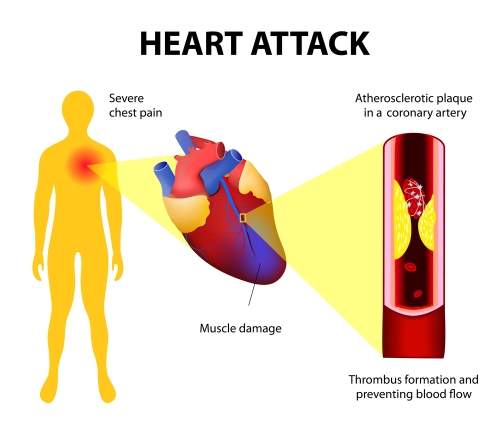
The study at hand was done on a Swedish population, published in 2024 in European Journal of Nutrition. It’s not perfect but suggestive of benefit. You can read the entire report yourself (I haven’t). Reports like this usually give their strongest findings in the first paragraph of the Discussion section:
PDF [paleo diet fraction] was inversely associated with the risk of death from all causes, tumor, cardiovascular, respiratory, neurological, and digestive disease. PDF was also inversely but non-significantly associated with death from other diseases combined. For incident event outcomes, PDF was inversely associated with the risk of coronary events and also inversely, but non-significantly associated, with ischemic stroke and type 2 diabetes. Besides longer follow-up, the present study extends previous research by examining associations for a measure of how Paleolithic a diet is based on absolute food intakes with mortality and incidence of cardiometabolic disease. This enables comparison between studies not possible for Paleolithic diet pattern scores based on relative food intakes.
Abstract
Purpose
Paleolithic Diet Fraction (PDF) estimates how large a portion of the absolute dietary intake stems from food groups included in the Paleolithic diet. In randomized controlled trials higher PDFs have been associated with healthier levels of cardiometabolic risk markers. Our aim was to build upon these findings by examining associations between PDF and mortality and incidence of cardiometabolic disease in the prospective Malmö Diet and Cancer Study.
Methods
PDF was calculated from an interview-based, modified diet history method, and associations were estimated by using multivariable Cox proportional hazards regression. The examined cohort consisted of 24,104 individuals (44–74 years, 63% women) without previous coronary events, diabetes, or stroke at baseline (1992–1996). A total of 10,092 individuals died during a median follow-up of 18 years.
Results
Median PDF was 40% (0–90%). The adjusted hazard ratios (HR) for PDF as a continuous variable (from 0 to 100%) were for risk of death from all causes 0.55 [95% CI 0.45, 0.66], tumor 0.68 [95% CI 0.49, 0.93], cardiovascular 0.55 [95% CI 0.39, 0.78], respiratory 0.44 [95% CI 0.21, 0.90], neurological 0.26 [95% CI 0.11, 0.60], digestive, 0.10 [95% CI 0.03, 0.30], and other diseases 0.64 [95% CI 0.41, 1.00]. The corresponding HR for risk of coronary event was 0.61 [95% 0.43, 0.86], for ischemic stroke it was 0.73 [95% 0.48, 1.09] and for type 2 diabetes it was 0.82 [95% 0.61, 1.10].
Conclusion
Observational data suggest an inverse association between PDF and all-cause as well as cause-specific mortality and incidence of cardiometabolic disease.
Steve Parker, M.D.















